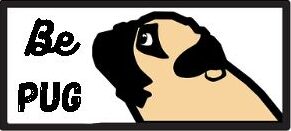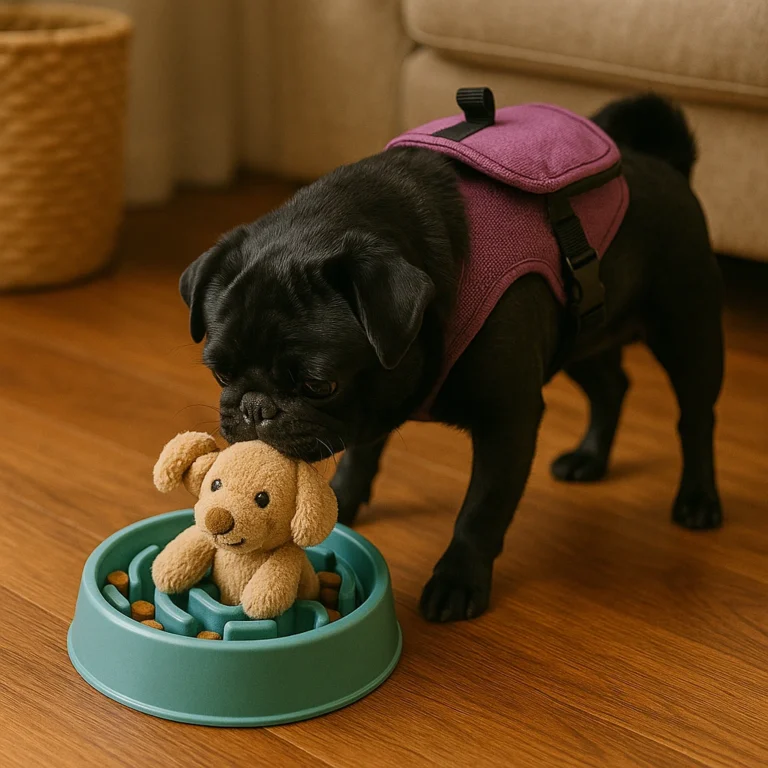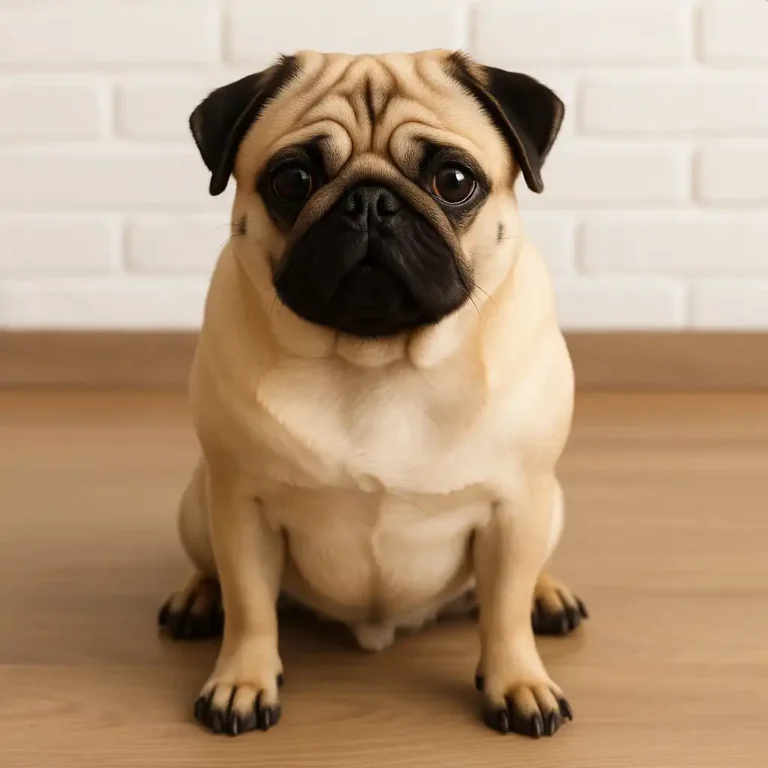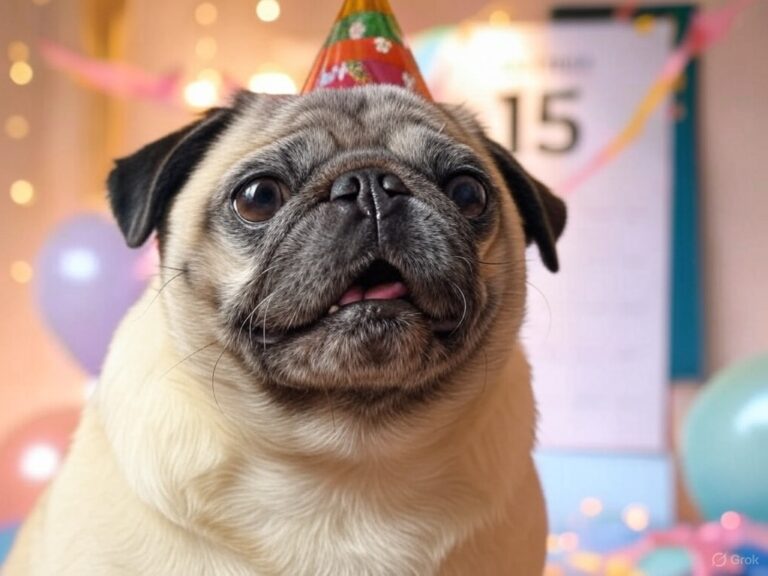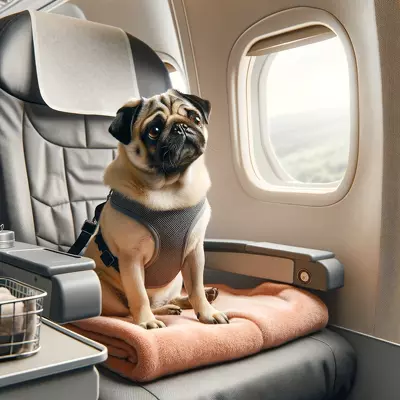Why Are Pugs So Cute? A Look at What Makes Them Irresistible
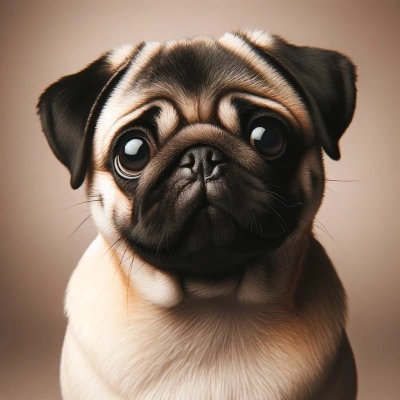
Disclosure: This post contains affiliate links. As an Amazon Associate, I earn from qualifying purchases—at no extra cost to you.
Pugs have a special kind of charm that’s hard to ignore. With their round eyes, wrinkly faces, and snorty little personalities, they seem designed to make people smile. But it’s not just about their looks—pugs are packed with personality, and everything about them adds to their appeal.
Let’s explore why these lovable dogs have captured so many hearts.
Their Faces Are Built for Attention
There’s science behind the way pugs melt hearts. Their big eyes, flat snouts, and round heads trigger something called the “baby schema” response in humans. That means we’re naturally drawn to those features, just like we are to babies.
But it’s not just the shape of their faces—it’s how they use them. Pugs are famously expressive. According to pug owners and trainers, head tilts, raised brows, and soulful stares often feel like a real attempt at communication. That expressive face makes it easy to connect with them on an emotional level.
Their Behavior Is Pure Entertainment
Pugs aren’t just cute—they’re funny. They do things that make people laugh without even trying. From dramatic flops to zoomies across the living room, they bring humor into everyday life.
Many pug owners share stories about their dogs’ quirky routines, like spinning in circles before sitting down or making a dramatic sigh before nap time. This mix of goofiness and drama keeps things interesting—and definitely adds to their cuteness factor.
Small Size, Big Snuggles
Pugs may be small, but they’re solid little dogs. Their compact build and short coat make them perfect cuddle buddies. And let’s be honest—when a pug curls up next to you, it’s hard to resist giving them some love.
Unlike many small breeds, pugs don’t bark much. Instead, they grunt, snort, and make all kinds of funny little noises that only add to their personality. These sounds, paired with their relaxed nature, make them easy to live with—and even easier to love.
They Stick to You Like Velcro
If you’ve ever lived with a pug, you know they don’t like to be far from their people. They follow you from room to room, sit by your feet, and always want to be close. This loyal, affectionate behavior is one of the top reasons people fall in love with the breed.
According to many pug owners online, these dogs form deep bonds and thrive on companionship. Their constant presence, loving gaze, and desire to be involved in everything make them feel like true family members.
Conclusion
Pugs are cute for so many reasons. Their baby-like features, funny quirks, cuddly size, and affectionate nature all work together to create a dog that’s impossible not to love. Whether they’re snoring by your side or pulling a new trick out of their back pocket, pugs keep life full of joy—and a little bit of snort-filled chaos.
